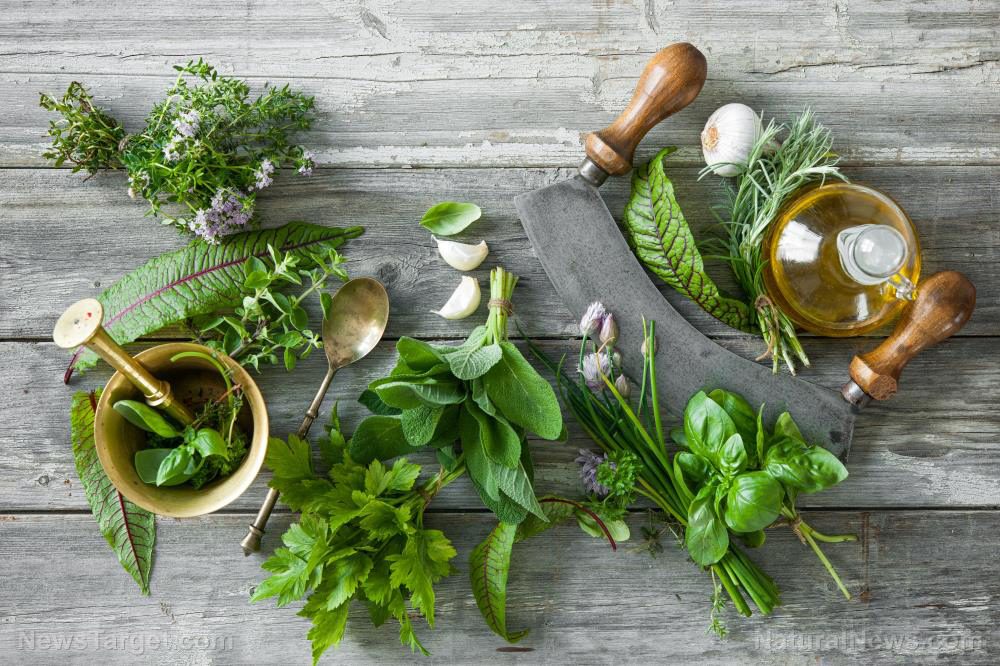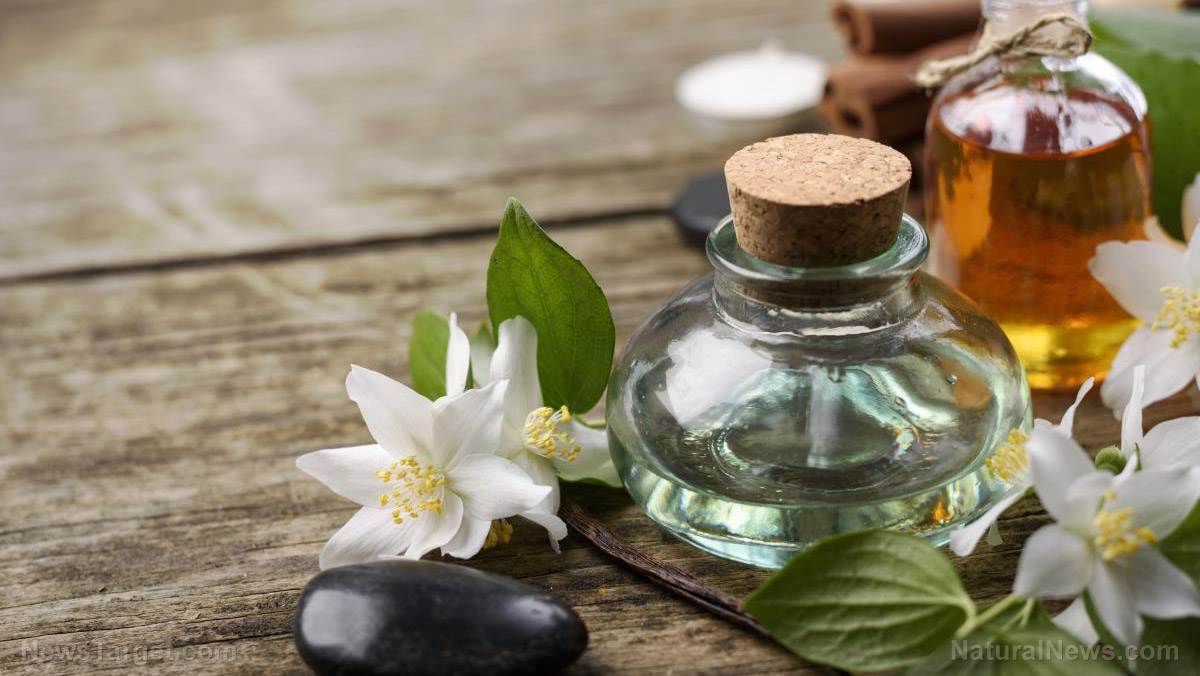Survival tips and tricks: 5 NATURAL antibiotics in your kitchen

(Natural News) The odds of suffering from infection or illness goes up in a survival scenario such as a long-term grid-down disaster. During that period, getting much-needed medical care will be difficult. Knowledge of natural antibiotics is therefore crucial for ensuring survival. Here are a selection of natural antibiotics you can usually find in the kitchen. (h/t to ApartmentPrepper.com)
1. Garlic
Allicin is a compound released by garlic when crushed or chopped. It helps reduce symptoms of diabetes, high blood pressure and high cholesterol. This potent compound also has antimicrobial properties, which makes it effective against Gram-positive and Gram-negative bacteria. In fact, allicin also works well against methicillin-resistant Staphylococcus aureus.
Additionally, research shows that allicin, when inhaled in aerosol form, can effectively kill lung-pathogenic bacteria. Allicin has also been found to be a promising treatment for antibiotic-resistant tuberculosis.
Note that garlic must be consumed fresh to benefit from allicin. The compound is destroyed when garlic is cooked. To use this natural antibiotic, crush fresh garlic until you extract its oil from the cloves.
2. Oregano oil
Oregano leaves and shoots, when dried and crushed, produce oil-based chemicals called carvacrol and thymol. These two compounds have notable antibacterial properties. Carvacrol has been shown to stop the growth of several types of bacteria, particularly antibiotic-resistant Streptococcus. Thymol, meanwhile, is a natural antifungal, antioxidant and anti-inflammatory compound.
Oregano oil has also been proven to protect against S. aureus, which causes food poisoning, skin infections, pneumonia, heart valve infections and bone infections.
Carvacrol, in particular, has been shown to effectively protect against bacteria like Escherichia coli and Pseudomonas aeruginosa, both of which cause urinary tract infections (UTI) and respiratory infections.
3. Manuka honey
One of the healthiest types of honey available, Manuka honey is produced by bees that pollinate Manuka bushes (Leptospermum scoparium) in New Zealand. Manuka honey has potent antibacterial properties known to be effective against more than 60 species of bacteria, including Gram-positive and Gram-negative strains. In fact, Manuka honey contains hydrogen peroxide, the same stuff that is applied to scrapes and paper cuts.
Manuka honey has been used to treat open and infected wounds, as well as tooth decay and digestive problems. Manuka honey can also help protect wounds from microbial infections and helps speed up tissue regeneration. Moreover, Manuka honey can help reduce the pain associated with burn injuries.
Manuka honey is light- and heat-stable, meaning it can be safely stored for later use. (Related: WHO warns world running out of synthetic antibiotics, but refuses to acknowledge power of natural herbal antibiotics.)
4. Onions
Onions, like garlic, belong to a genus of flowering plants called Allium. They contain active compounds like cysteine sulphoxides and quercetin, which is known to help treat staph, MRSA, E. coli and Salmonella infections.
Studies have shown that onion extracts of 50 percent or higher concentration are effective against numerous strains of bacteria and infectious diseases. One type of onion called the Persian shallot was found to effectively halt tuberculosis infection, inhibiting the growth of tuberculosis-causing bacteria by more than 99.9 percent.
Onions can be used in different forms to kill bacteria and treat infections. When taken daily, 100 to 500 mg of onion-based quercetin has been shown to treat bacterial infections.
Like garlic, the antibacterial properties of onions are more potent when consumed fresh.
5. Ginger
Ginger is the ultimate superfood. This renowned food cure contains compounds such as alpha-pinene, borneol, camphene and linalool, all of which exhibit antimicrobial properties.
While ginger root is widely used for cooking, it is in traditional medicine that it truly shines. Ginger is a natural antifungal and antibacterial agent. In fact, it has been shown to be effective against a plethora of fungal strains, such as Aspergillus terreus, A. niger, A. flavus, Trichothecium roseum, Fusarium graminearum, F. oxysporum, F. moniliforme and Curvularia palliscens.
It can also effectively treat the bacterium that commonly causes UTIs, respiratory infections, dermatitis and gastrointestinal infections.
Many common culinary ingredients are natural antibiotics, and according to studies, they are just as effective — but don’t cost as much — as modern medications. Knowing about these natural medicines will be useful for your survival, especially when SHTF. Learn more about unexpected natural cures lying around the house at Cures.news.
Sources include:



